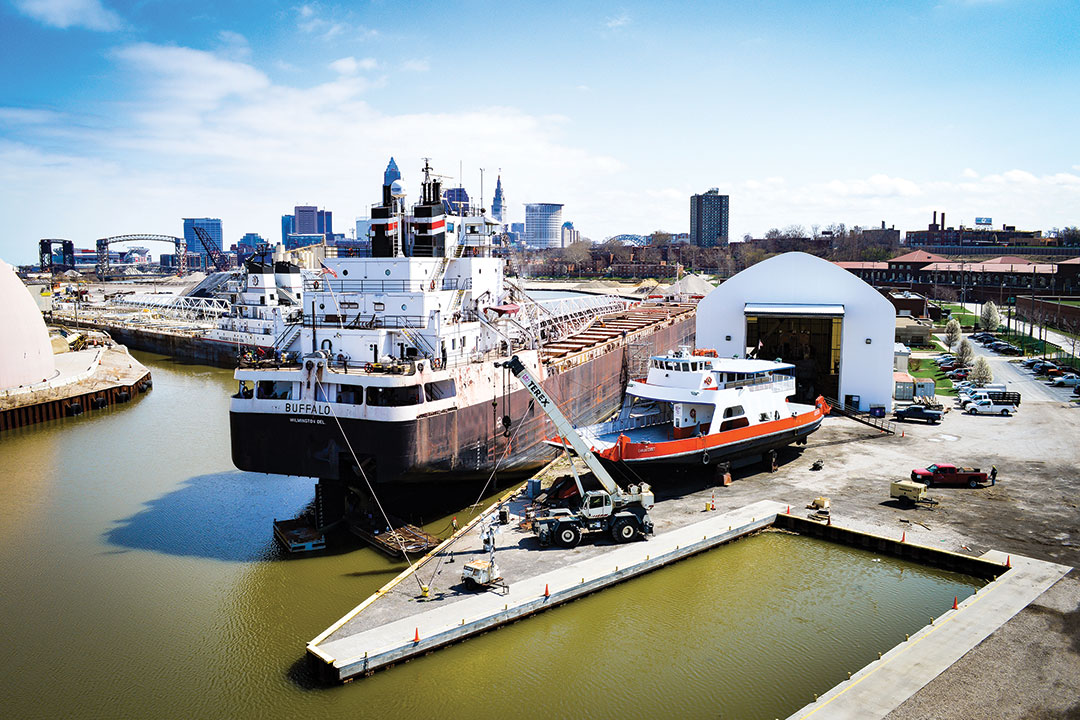
The 2023 study Economic Impacts of Maritime Shipping in the Great Lakes-St. Lawrence Region provides the navigation community, transportation planners, government policy makers, and the general public with a realistic assessment of the contributions made by the Great Lakes-St. Lawrence region to the state, provincial, regional, and national economies.
Compiled by industry analyst Martin Associates of Lancaster, Pa., the study took eight months to research and provides a detailed snapshot of Great Lakes activity in 2022.
It is the third such study, following the release of similar studies in 2011 and 2018.
Cargo moved on the Great Lakes St. Lawrence Seaway System in 2022 totaled 135.7 million metric tons valued at $26.1 billion with waterborne commerce supporting 241,286 U.S. jobs and generating $36 billion in economic activity.
In addition, the activity produced $17.8 billion in total personal wage and salary income and local consumption expenditures, $8.3 billion in local purchases, and $6.3 billion in federal, state/provincial, and local tax revenue.
Commerce transiting the binational St. Lawrence Seaway waterway and lock system supported 356,858 jobs and $50.9 billion in economic activity.
In 2022, a total of 252.1 million metric tons – 277.9 million short tons – the of cargo valued at $120.9 billion moved through the Great Lakes-St. Lawrence River Waterway.
As noted, “a majority of the domestic cargo moving on U.S. and Canadian-flag vessels remains in the waterway, creating economic impacts at the loading port as well as the port of discharge,” the study found.
“With this accounted for, the actual tons handled at the ports on the Great Lakes-St. Lawrence River waterway is 368.9 million metric tons, or 377.4 million short tons.”
The basic research for the study was compiled by the American Great Lakes Ports Association, the Great Lakes St. Lawrence Seaway Development Corp., the St. Lawrence Seaway Management Corp., the Chamber of Marine Commerce, the Lake Carriers Association, and the Shipping Federation of Canada.
The study is based on an extensive interview program of more than 800 regional businesses with 1,100 operations in the eight Great Lakes states, and the Canadian provinces of Ontario and Quebec.
Data “was presented in a variety of ways to enable its greatest use,” according to Martin Associates with impacts presented by geography; vessel flag; major commodity; and job category.

